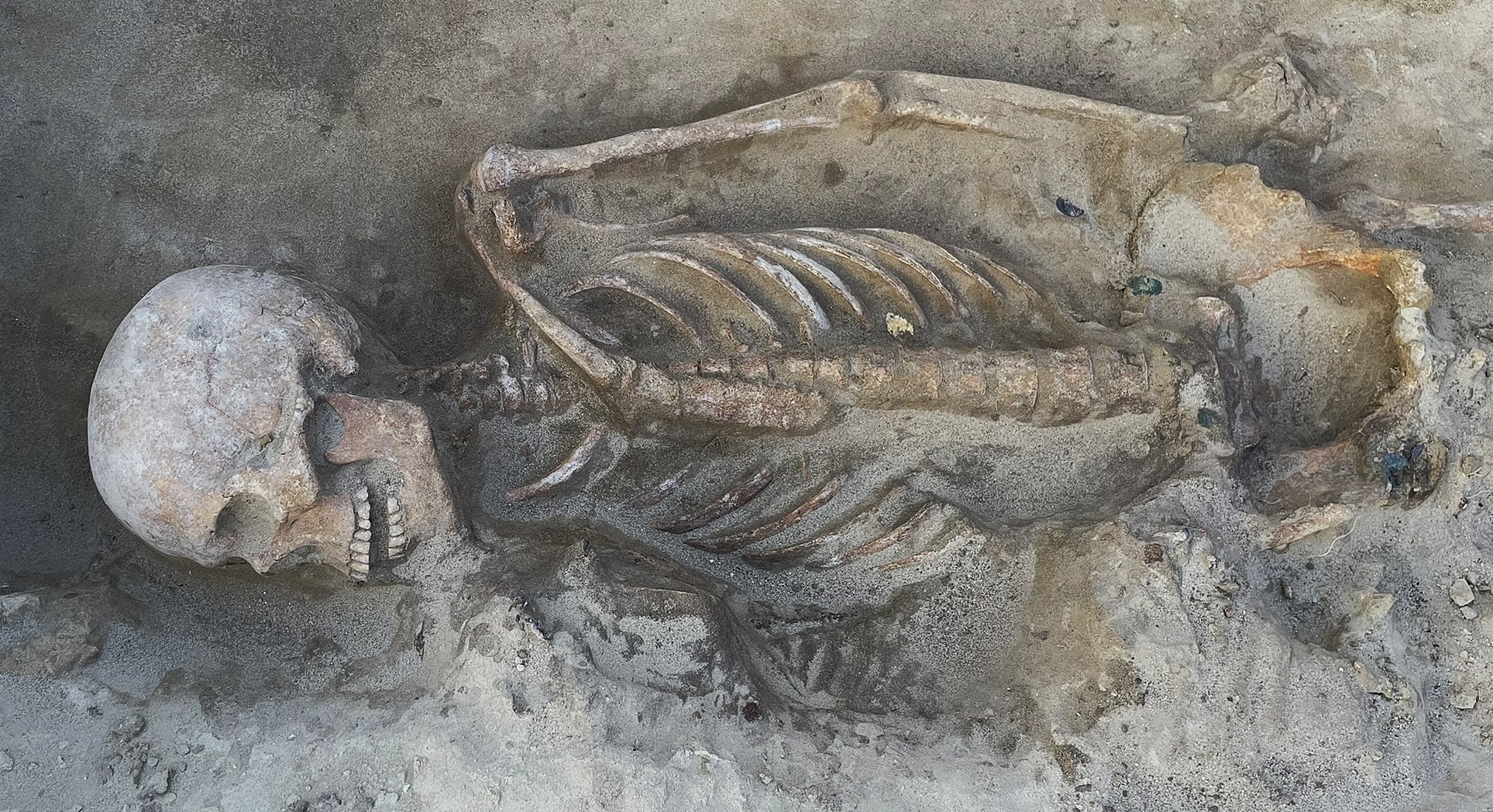Earth from space: Iconic 'Star Trek' symbol shines brightly in sea of muddy Arctic sea ice
A 2012 satellite photo captured a patch of snow-covered sea ice with an uncannily similar shape to badges pinned on the uniforms of Starfleet officers in the "Star Trek" franchise.

Where is it? Foxe Basin in Nunavut, Canada [68.79136545, -80.08562796]
What's in the photo? A patch of snow-covered sea ice in the shape of a Starfleet badge
Which satellite took the photo? NASA's Earth Observing-1 (EO-1)
When was it taken? July 26, 2012
This 2012 satellite image captured an unusual snow-topped structure located among a sea of dirty, fracturing sea ice in northern Canada. The curved white hook resembles the rounded, arrowhead-shape badges pinned to the uniforms of fictional Starfleet officers, such as James T. Kirk and Jean-Luc Picard, in the iconic "Star Trek" franchise.
The satellite spotted the quirky feature in Foxe Basin — a shallow, 316,000-square-mile (819,000 square kilometers) body of water north of Hudson Bay. The structure is draped around a group of tiny, rocky islands, known as the Manning Islands.
The icy arrowhead "was probably caused by snow getting trapped in rough, ridged ice that formed as it ran up against the Manning Islands," Nathan Kurtz, chief scientist of the Cryospheric Sciences Laboratory at NASA Goddard Space Flight Center, told NASA's Earth Observatory in 2014. The 1.5-mile-wide (2.5 km) patch appeared to be multi-year sea ice, meaning it was made up of ice dating back several years, he added.
During the summer, when this photo was taken, Arctic sea ice begins to melt and break apart into thousands of smaller fragments that eventually break away and melt completely. In this case, a majority of those fragments had a muddy brown color, which was a result of staining from sediment that got dragged up from the seafloor, according to Earth Observatory.
Related: See all the best images of Earth from space

Some of the larger fragments of ice in the photo are peppered with small blue dots. These are melt ponds, which are shallow puddles of water that form on the surface of the ice as it melts.
The waters surrounding these sea ice fragments are rich in phytoplankton, which makes them a hotspot for a wide variety of marine animals including Arctic terns (Sterna paradisaea), seals, walruses (Odobenus rosmarus), polar bears (Ursus maritimus), narwhals (Monodon monoceros) and beluga whales (Delphinapterus leucas).
Get the world’s most fascinating discoveries delivered straight to your inbox.
This photo was taken during a record-low year for Arctic sea ice. In 2012, the minimum sea ice extent — the lowest amount of sea ice coverage in a given year — was the lowest since records began in 1979, the National Snow and Ice Data Center (NSIDC) reported at the time.
By Aug. 2 that year, which was around seven days after the photo was taken, there was "very little ice left" in Foxe Basin, NASA representatives wrote.
The 2012 record still stands to this day. However, recent years have also seen very low minimum sea ice extent thanks to the increasing effects of human-caused climate change.
This is not the first time that eagle-eyed science-fiction enthusiasts have spotted the Starfleet badge in satellite photos of our solar system.
In 2019, researchers spotted the shape on the surface of Mars in photos from NASA's Mars Reconnaissance Orbiter. In this case, the arrowhead shape was likely the result of strong winds sculpting the Red Planet's rocks.

Harry is a U.K.-based senior staff writer at Live Science. He studied marine biology at the University of Exeter before training to become a journalist. He covers a wide range of topics including space exploration, planetary science, space weather, climate change, animal behavior and paleontology. His recent work on the solar maximum won "best space submission" at the 2024 Aerospace Media Awards and was shortlisted in the "top scoop" category at the NCTJ Awards for Excellence in 2023. He also writes Live Science's weekly Earth from space series.


